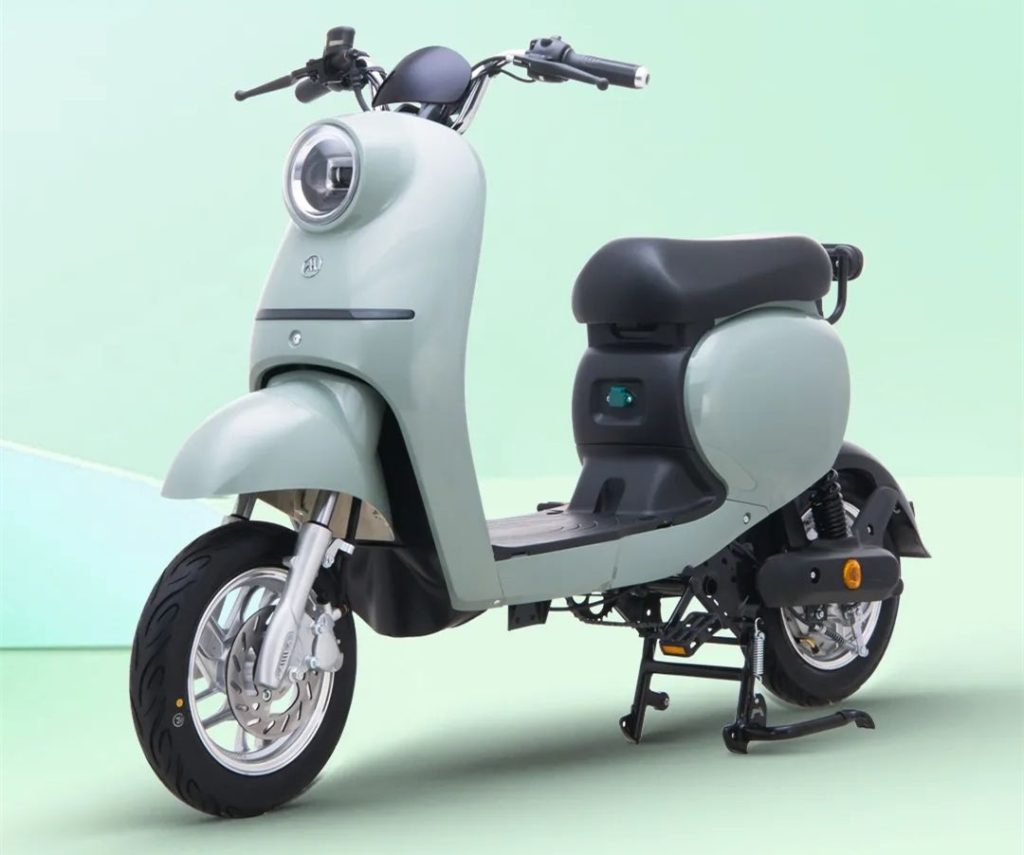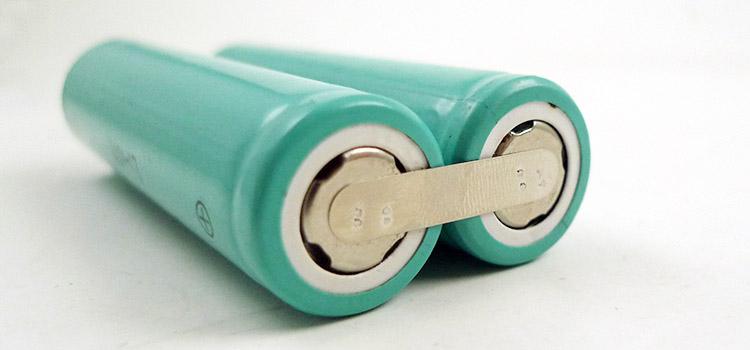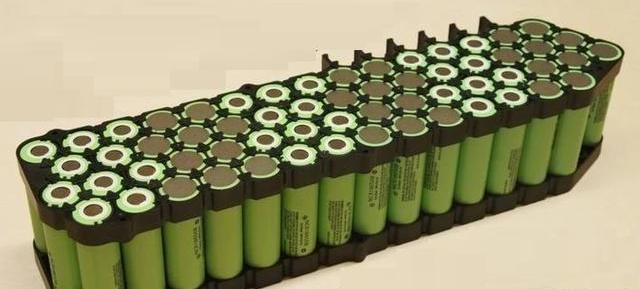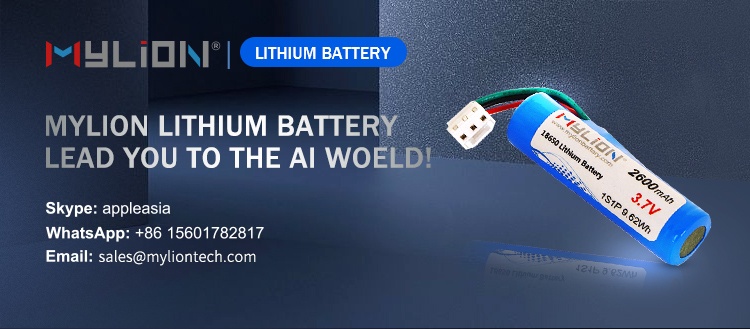Lithium batteries are better. Lithium batteries are more than 3 times higher than lead-acid batteries in terms of volume ratio energy or weight ratio energy. Lithium batteries are smaller and lighter. Long cycle life.
The key to running far is the battery capacity. It is meaningless to say who is far away alone.
For example, they are both 48V20AH. Lithium batteries and lead-acid batteries are basically the same, because the capacity is the same, but lithium batteries are lighter, so they can be slightly farther than lead-acid batteries.
But if the lithium battery is 48V10AH and the lead-acid battery is 48V20AH, then lead-acid is definitely far away, needless to say. To put it simply, whoever has the larger capacity will run far. The advantage of lithium battery over lead-acid is that it is lighter and can discharge at a large current, and the others are the same.
You can search for the safety of lithium battery after connecting large capacity in series? Cost feasibility? Why do mobile phone batteries explode? Although lead-acid batteries are bulky, they are much more stable than lithium batteries! The cost is basically acceptable! Stability, safety and cost are higher than lithium batteries! As long as it is a battery, whether it is a lithium battery or a lead-acid battery, it is a heavy pollution product!
1. At present, the number of lead-acid batteries for electric vehicle batteries on the market is still higher than that oflithium batteries. The reason may be that the cost of lithium batteries is still relatively high. Therefore, in the design of the existing “lithium electric vehicle” products, the capacity configuration of reducing the lithium battery is often used to correspondingly reduce the implementation cost of the whole vehicle, and this makes the existing “lithium electric vehicle” product models too unitary.
Lead-acid batteries and lithium batteries cannot be judged solely on the basis of good or bad. Both have their own advantages and disadvantages and are suitable for different groups of people. At present, most of thelithium batteryproducts on the market are “motorcycles” and the range is not very long, but like four-wheel electric vehicles, four-wheel electric scooters for the elderly, which are relatively long-range, they are still more suitable for “lead-acid batteries” in the current situation.
2. Lithium ions mainly rely on the movement of lithium ions between the positive electrode and the negative electrode to work. In the process of charging and discharging, Li+ intercalates and deintercalates back and forth between the two electrodes: when recharging the battery, Li+ deintercalates from the positive electrode and inserts into the negative electrode through the electrolyte, and the negative electrode is in a lithium-rich state; the opposite is true during discharge. Generally, batteries containing lithium elements are used as electrodes, and graphite is the most used negative electrode at this stage. Compared with lead-acid batteries, lithium batteries have the advantages of lighter weight, larger specific capacity, and long cycle life. As the power source for electric mobility vehicles for the elderly, they are not only lightweight, portable and convenient for charging, but also helpful for the entire vehicle. “Lightweight and simplified” design.
3. The electrodes of lead-acid batteries are mainly made of lead and its oxides, and the electrolyte is sulfuric acid solution. In the charged state of a lead-acid battery, the main component of the positive electrode is lead dioxide and the main component of the negative electrode is lead; in the discharged state, the main component of the positive and negative electrodes are lead sulfate.
4. the two batteries are not the same except that they are all energy storage devices. Lead-acid batteries are safer and cheaper, but their energy density is lower than that of lithium batteries, so lead-acid batteries are larger. At this stage, before the battery (energy storage) technology research has yet to make breakthrough progress, that is, before the “low-cost, high-performance” battery has been put into commercial practical application, the existing lead-acid batteries and lithium batteries can be used. The excellent characteristics are combined to transform and upgrade and become the main research topic for a period of time from now on. It is believed that this will have a clearer direction for the development of electric scooters for the elderly and even the entire electric scooters industry in the future.
Lead-acid batteries for general electric vehicles. Mainly because of its high cost performance.
If you want to talk about the endurance, other conditions are exactly the same, and the battery capacity is also the same, it may be that the lithium battery is a little better, why? Because the lithium battery is lighter, the weight of the whole car is lighter, and of course it runs a little longer.
But I still recommend lead acid. The main reason is:
One, cheap. Generally speaking, a set of lead-acid only costs a few hundred yuan, and a set of lithium batteries costs more than one thousand or nearly two thousand.
Second, security. Do you still remember the news that the girl in Nanjing was riding a lithium-battery electric car the previous year. Because the weather was too hot, the lithium battery behind the seat exploded, blowing up her ass?
Third, lead acid is enough. The current lead-acid battery generally has a battery life of 50 or 60 kilometers, which is enough for home use. Lithium batteries are really unnecessary.
Under normal circumstances, the lead-acid battery pack weighs 16-30 kg and is relatively large; while the lithium battery generally weighs 2.5-3.0 kg and is relatively small, so it is light to ride and easy to carry. From a quality point of view, it is difficult to define the quality of the two, but consumers can buy good quality batteries produced by regular manufacturers according to their actual needs.
The cost of main materials such as cathode materials, anode materials, current collectors, separators, and electrolytes of lithium batteries is much higher than that of lead-acid batteries. The cost of assembly auxiliary materials and external circuit systems for lead-acid batteries is extremely low.
Due to the manufacturing process, the labor cost of lithium batteries is relatively large. In the manufacturing cost, the labor cost of lithium batteries accounts for more than 40%, while the labor cost of lead-acid batteries is generally 10% to 20%.
The machinery and equipment used in the production of lithium batteries are expensive and of high value, and the depreciation and loss of machinery and equipment is relatively large. Most of the processes in the production of lithium batteries are irreversible, while lead-acid batteries are reversibly repaired and reused. The recycling value of lead-acid batteries after use is more than 40%, while the recycling value of lithium batteries is almost zero.
Lithium batteries are more than 3 times higher than lead-acid batteries in terms of volume ratio energy or weight ratio energy. Lithium batteries are smaller and lighter. Long cycle life. The cycle life of lithium batteries used in electric vehicles is generally more than 800 times, and lithium batteries using lithium iron phosphate cathode materials can reach about 2000 times, which is 1.5 to 5 times higher than that of lead-acid batteries. This greatly reduces the use cost of lithium batteries, prolongs the service life, and improves the ease of use. It has a wide range of charging efficiency. This is the unique advantage of lithium batteries. When needed, the charging time can be controlled within 20min~1h, and the charging efficiency can reach more than 84%. On the basis of further technological innovation, this feature will be better utilized.
The energy density of current lithium batteries is generally 200~260wh/g, and lead acid is generally 50~70wh/g. Then the weight energy density of lithium batteries is 3~5 times that of lead acid, which means that under the same capacity, lead Acid batteries are 3~5 times that of lithium batteries, so lithium batteries have an absolute advantage in lightening energy storage devices











